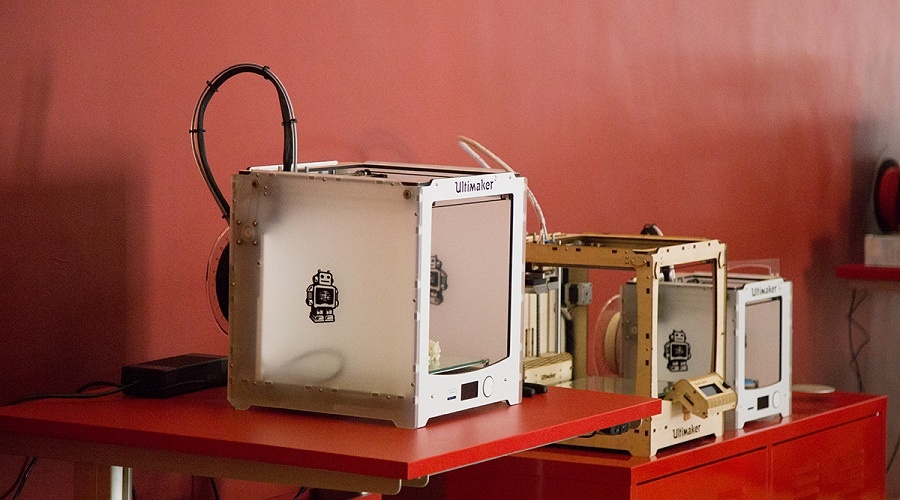Jordan and 3D printers: a battle close to an end

After a series of inconsistent government policies, 3D printers are allowed to enter Jordan thanks to a decree issued in November.
However, entrepreneurs and makers are still struggling to get the parts and printers they want into the country.
The government has gradually loosened rules around 3D printer imports over the past year - first replacing a complete ban on 3D printers with import regulations, and following that with the decree stipulating that 3D printers be considered as any kind of printer, and thus allowed across the border.
But when 3rd Reality cofounder Walid Jankhot tried to reclaim the eight 3D printers which had been confiscated by military security - who feared they could be used for weapons manufacturing - his request was rejected. His printers are still stuck at the customs department.
Conversely, 3rd Dimension cofounder Salim Khutat was able to import printing material more easily after the announcement.

(Image via Mixed Dimensions)
Criminal intent?
Michael Makdah, the marketing director of Mixed Dimensions, a Jordanian company operating in the US, understands the government’s concern but finds the argument invalid.
“It is true that if the printers fall in the wrong hands, it can cause a lot of troubles,” Makdah said during an interview with Wamda.
“But the person who intends to use the printers for criminal purposes, can use any other tool, and will not wait for 3D printers.”
Out with the old rules
Before 2016, importing 3D printers into the country was forbidden, despite an official ban never being formally announced.
In April 2016, the Jordanian government released a set of regulations around the import of 3D printers.
Those seeking to import 3D printers were forced to tell the Ministry of Interior the names of people who intended to use the printers, and approval from the ministry was needed before selling printers. Other regulations included placing cameras inside the shops holding the printers.Flow on effects
Mixed Dimensions recently released Make Printable, a software repair service that corrects errors in digital 3D models, such as faces that have been flipped to be a mirror image, so they are not reflected in the final physical print. The company attracted 35,000 users but less than 1 percent of these came from the region.
Makdah believes that such low interest from MENA stems from the absence of the technology, and of maker communities in much of the region. According to Makdah, the UAE is leading the 3D industry in the region - one only needs to look at how the government is endorsing the technology in various fields, including architecture.
“The UAE has a great capacity in talent acquisition, unlike Jordan which is good in developing talents only to export them,” Makdah said.
Local printers as a potential solution
In 2015, Akram Al Hmoud, currently working in a Fab Lab in northern Jordan, decided to make a 3D printer himself.
He thought that inventing printers in-house would allow him to avoid the then-restrictive measures on the industry. However, when he ordered two control units - the sets that would allow him to tell his 3D printers what to so - to finalize his prototype, he was faced with heavy restrictions.
“I realized then, that our [planned] company which has not even been established yet, was already over,” he wrote in an article for 7iber last year.
Following al Hmoud’s footsteps, Jankhot also intends to manufacture his own printer inside the kingdom, believing it will save him from any future restrictive orders. He is hopeful that the new decree will grant him a better experience than al Hmoud’s.
Feature image via Amman Design Week.


